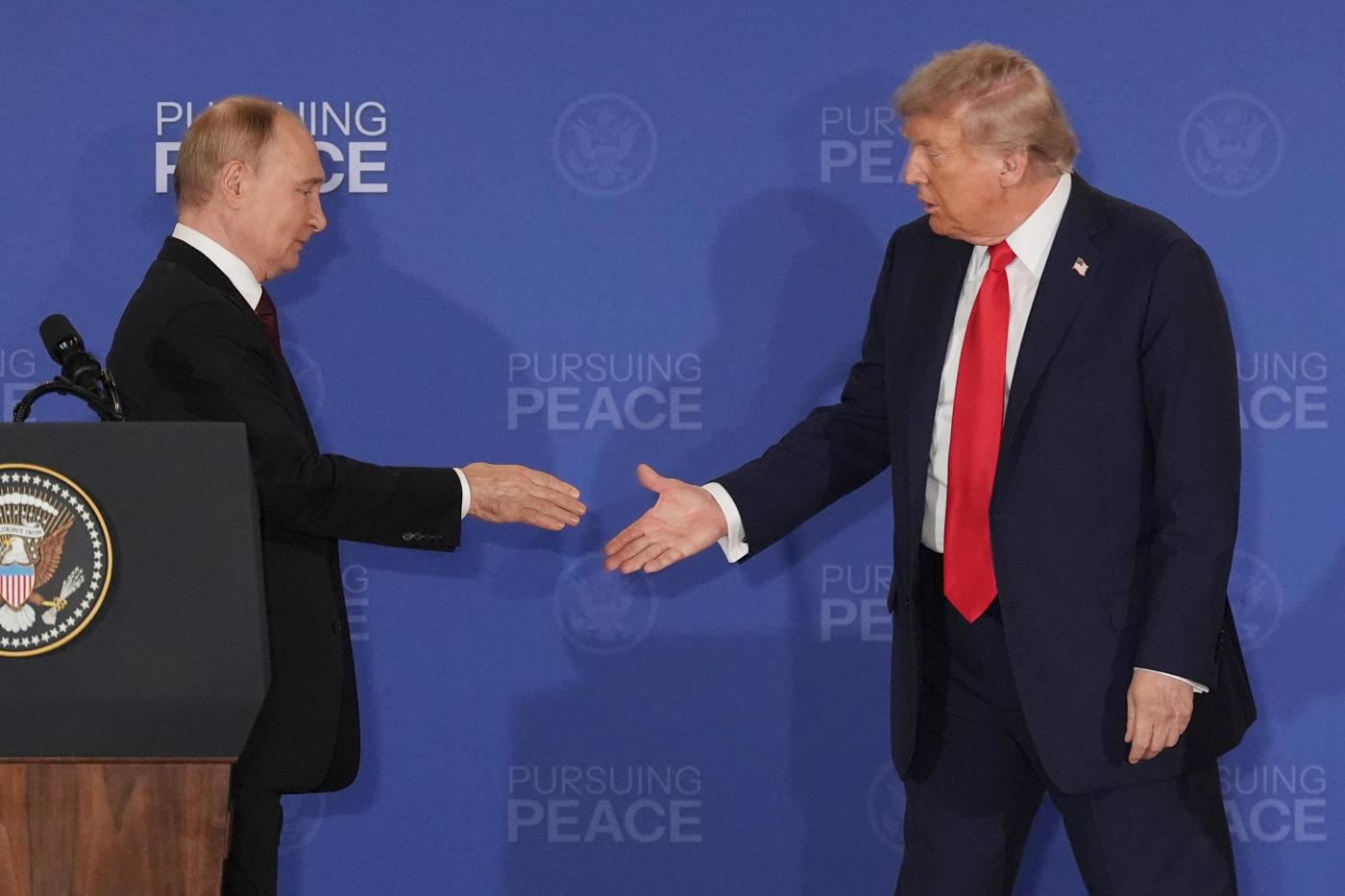The recent summit in Alaska between Donald Trump and Vladimir Putin yielded no significant progress towards a ceasefire in Ukraine, leaving many observers questioning its effectiveness. While the meeting appeared to serve the Russian leader’s interests, it ultimately fell short of addressing the ongoing conflict that has gripped Ukraine since February 2022.
The summit, characterized by its theatrical elements, was marked by dramatic visuals, including U.S. troops rolling out the red carpet for Putin’s arrival. Such spectacles may have pleased the Russian president, but they did little to foster meaningful dialogue regarding the war. Analysts suggest that Trump’s admiration for Putin may not be reciprocated, with the Russian leader seemingly unyielding in his approach to negotiations.
Putin’s Strategy
Putin’s reluctance to engage in a genuine peace process stems from his perception of Trump as a weak interlocutor. This dynamic allows the Russian president to manipulate the situation to his advantage, further delaying any potential resolution to the conflict. Trump’s willingness to entertain Putin’s narratives, including the controversial claims surrounding the 2020 U.S. presidential election, raises concerns about the implications for American democracy.
The summit’s shortcomings become even more apparent considering the absence of Ukrainian President Volodymyr Zelenskyy, who was notably not invited to a meeting that directly impacts his nation’s future. As the conflict escalates, Zelenskyy is set to meet with Trump at the White House, presenting an opportunity for a more constructive dialogue.
International Reactions and Future Prospects
The international community has responded to the Alaska summit with skepticism. Many view the lack of tangible outcomes as an embarrassment for the United States, especially given the historical context of the ongoing war in Ukraine. The summit did not result in any concessions from Trump, who had previously hinted at the possibility of accepting territorial losses for Ukraine, an idea that would have further complicated the situation.
As Putin continues to escalate military actions within Ukraine, including attacks on civilian infrastructure, the need for a clear and immediate ceasefire is paramount. The ongoing conflict has not only resulted in significant human suffering but also threatens to destabilize the region further.
Negotiators from allied nations must convey to Putin that any resolution will not involve the legitimization of territory seized by force. A failure to assert this stance could lead to prolonged conflict and diminished global stability.
Zelenskyy’s upcoming meeting with Trump represents a crucial moment for the U.S. to reaffirm its commitment to Ukraine. This meeting provides an opportunity for Trump to demonstrate that he will stand firmly alongside Zelenskyy, countering any narrative that suggests U.S. acquiescence to Russian demands.
As the world watches, the hope remains that diplomatic efforts can pivot towards a sustainable peace process, rather than the mere spectacle of high-profile meetings devoid of substance. The stakes are high, and the consequences of inaction could reverberate across the globe.
